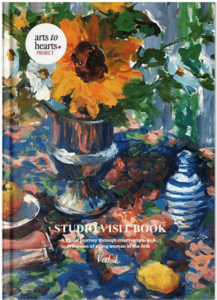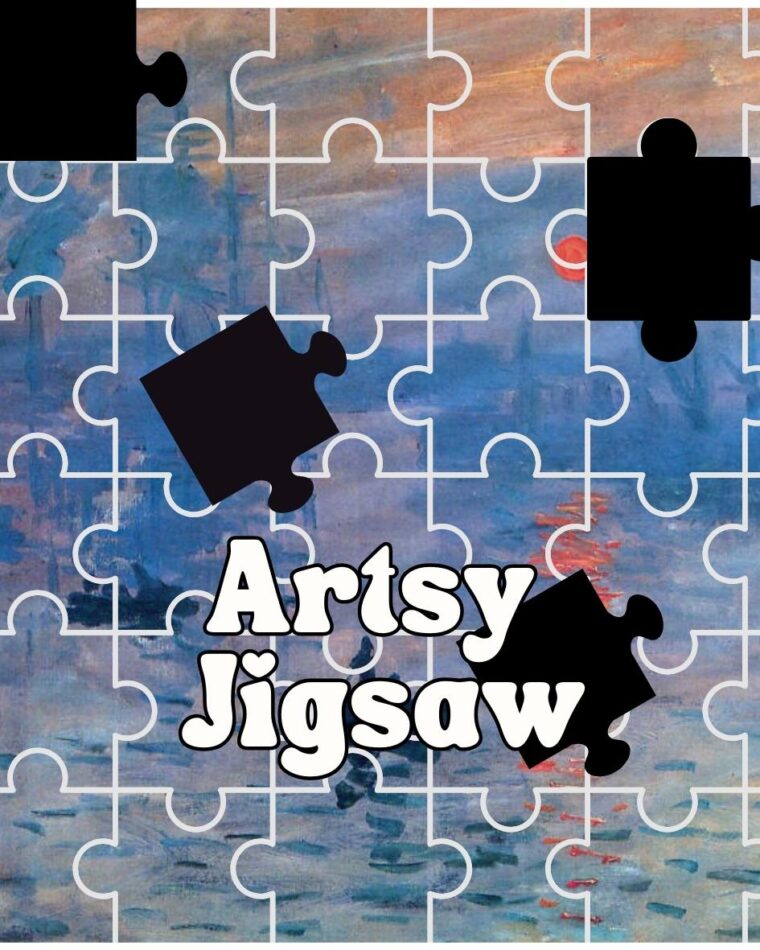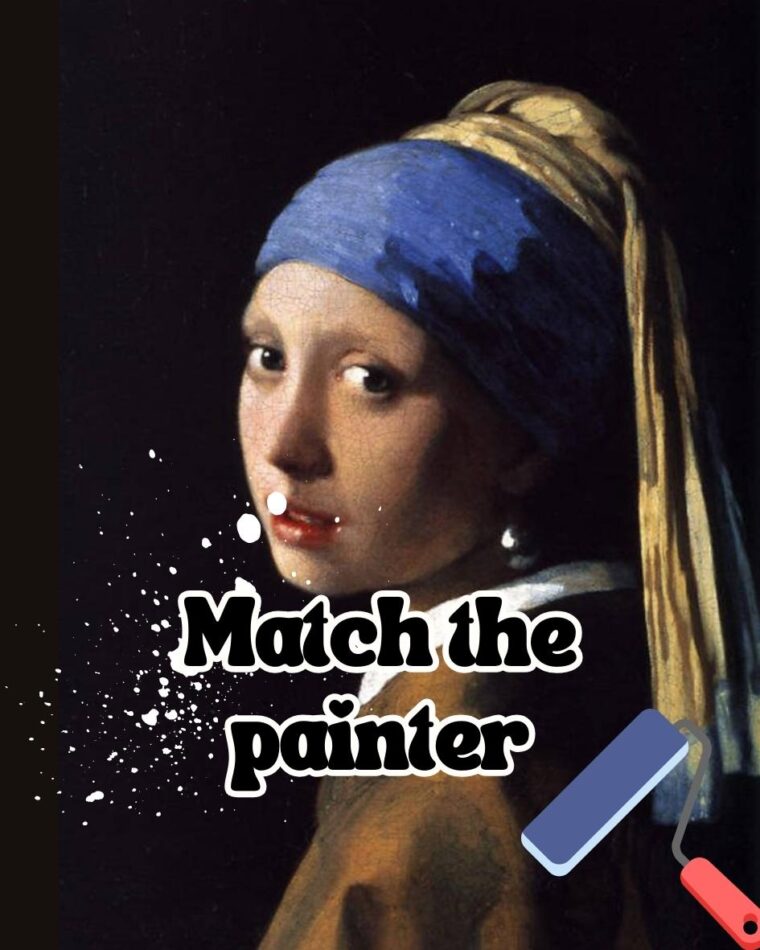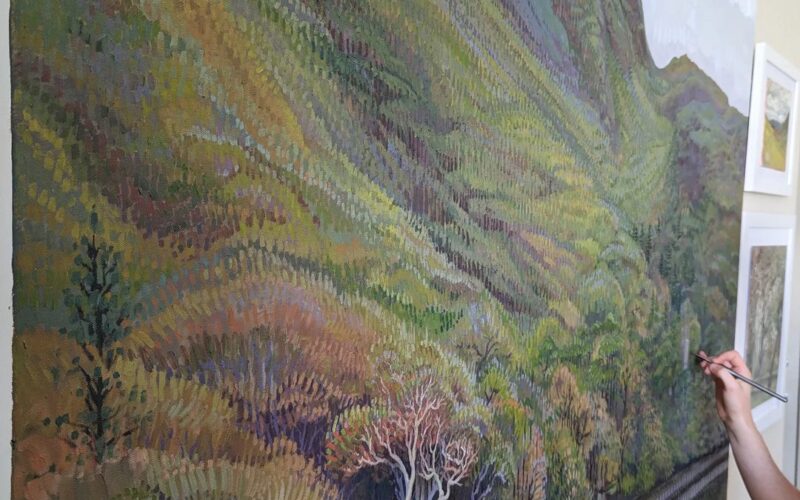
The Ultimate Guide to Art Gallery Representation for Beginners
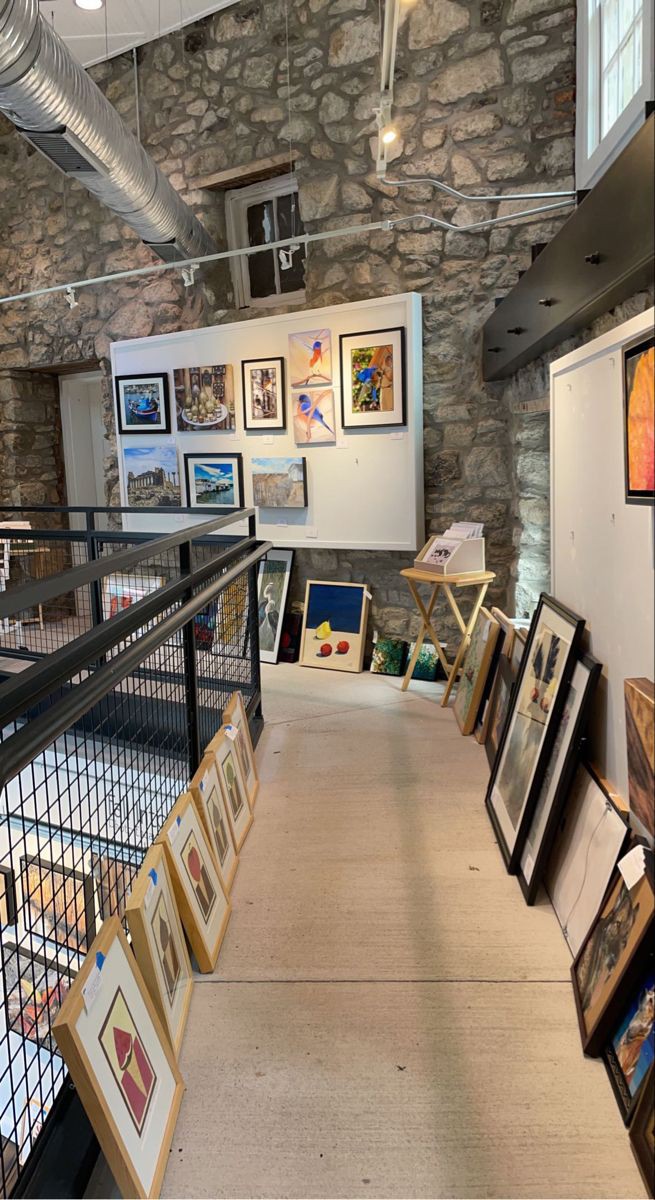

How can having a gallery represent you as an artist benefit your career? Well, let’s explore the positive aspects. First and foremost, being represented by a well-respected art gallery can increase the number of people who appreciate and admire your work. It’s an admirable goal for many visual artists to have gallery representation.
However, the challenge lies in understanding what qualities an art gallery seeks in an artist. Unfortunately, there isn’t a definitive checklist that applies to all galleries. Each gallery has its specific preferences when it comes to representing artists. While there are some general considerations, it’s important to research individual galleries to discover what they seek.
Determining the criteria galleries use to select artists may seem daunting, but it’s not impossible. You can uncover what galleries are seeking with a little effort and a willingness to adapt your self-marketing strategies. To assist you, here are some key criteria that galleries consider before choosing an artist to represent.
Choose An Art Gallery That Best Fits Your Work

Where can I genuinely display my artwork? This is an important question to ask yourself before submitting your entry. By answering this question honestly, you will save both your time and the time of gallery owners and curators.
Take the time to research and learn about the previous and current exhibits at the galleries that interest you. Make a note of the types of art typically showcased there. Before submitting your work, consider whether your subjects, aesthetics, and chosen medium align well with what these galleries usually exhibit.
There is a distinction between local independent galleries and prestigious institutions like the National Gallery of Art. While upscale galleries occasionally accept emerging artists, you will likely need to achieve some success or recognition before approaching well-established galleries with substantial resources.
Remember that each art gallery has its target audience, just like any other business. They are responsible for showcasing artwork that they believe will resonate with their clientele. Therefore, offering cheaper or lesser-known works might be confusing if their collectors expect paintings of perceived value in their gallery.
So, how do art galleries handle promising emerging artists who need more time to be ready for full representation? They may still be able to assist you by providing a portfolio review. You never know when your relationship with a curator or gallery owner might prove valuable, so always show appreciation for any feedback you receive on your artwork.
Remember that the art industry can be relatively small, and word travels fast when interacting with galleries.
Prepare Your Work For The Art Gallery
Ensure that your artwork is prepared for gallery applications. Galleries that are looking for emerging artists are seeking unique and captivating artwork, grabbing the attention of potential customers for your upcoming exhibition.

Not certain if your artwork is ready for the gallery? Take a moment to ask yourself these questions:
Does my artwork have a distinctive artistic style?
Do I use interesting techniques or materials in my creations?
Do all the pieces in my collection look like the same artist who made them?
Would someone be interested in displaying one of my pieces in their home?
Would people be willing to pay to see my artwork in person?
Galleries are not only interested in artists out of generosity; they also aim to generate income. You must pay a commission on each sale if an art gallery represents you. Many artists accept this arrangement because they find it more challenging to sell their work independently compared to creating it. Before submitting your applications to art galleries, ensure you are comfortable sharing 50% of the sale price of your artwork.
Sharpen Your Skills.
Galleries are searching for individuals who are skilled in the art game. It’s not simply a matter of luck or waiting for the right moment to find gallery representation. Even though the quality of your artwork is important, it’s not the only factor. A gallery wants to represent an artist who understands the art industry and knows how to market themselves effectively. While this may seem like an extra task, it’s vital for attracting potential customers and gaining representation.
Galleries will only be interested in someone willing to try to understand the value of their time, promote their art, or change their marketing strategies if needed. Being an artist is more than just about enjoyable activities; learning the rules and respecting the gallery’s time is crucial.
Take Active Part in Events Organized by Your Favourite Galleries
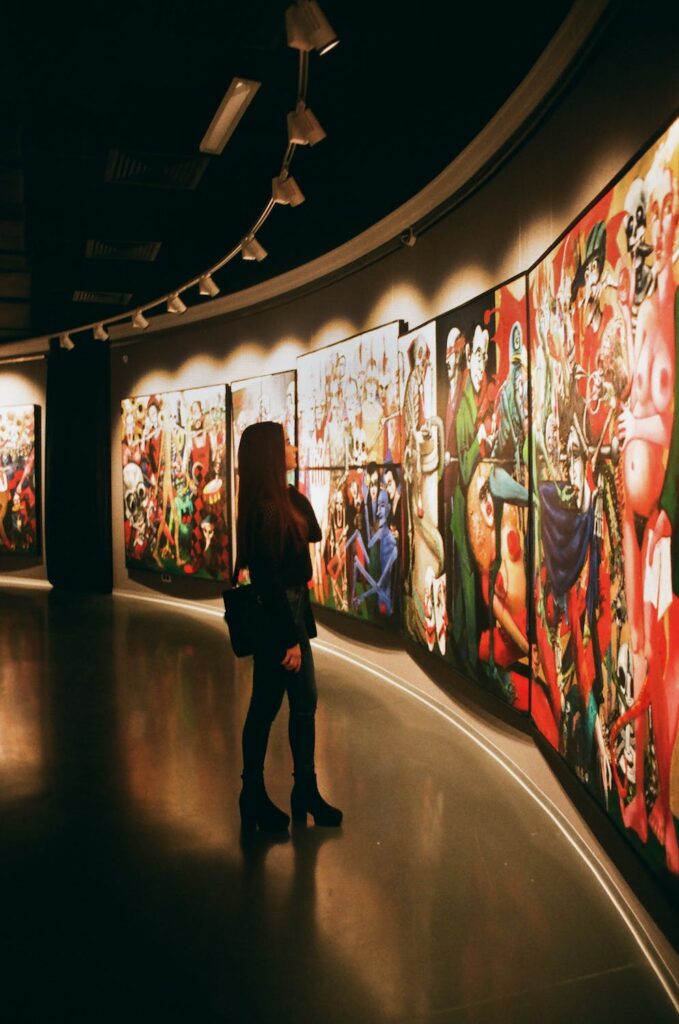
Take part in events organized by art galleries seeking new artists. Engaging with the art community will bring you to the attention of galleries searching for fresh talent, increasing your chances of getting your work displayed.
Become a Regular Supporter Of Your Favorite Art Gallery.
Attend as many gallery openings and exhibitions as possible before deciding on your approach. Introduce yourself to curators and gallery owners. Take an interest in emerging artists and local success stories, as they make great conversation starters. Be friendly and polite, but remember you are a guest at their event.
Forge connections with fellow artists and support them in their artistic pursuits. Some galleries seeking new artists may not openly announce calls for submissions; instead, they rely on referrals. It’s best to actively network with other artists. You never know when a fellow artist might appreciate your work and recommend you. Invest time in nurturing relationships with other artists to gain their support.
Pay attention to the artwork showcased in galleries, especially where you aspire to exhibit your work. The art selected by galleries and curators often reflects their specific tastes or preference. It’s acceptable to inquire about what they are looking for, but don’t stress about conforming your work to one specific opinion. Aim to find a position that complements your current artistic style.
No venue is too small! Smaller exhibitions can be a great starting point and are easier to enter when trying to get your art displayed in a gallery. An exhibition at a local coffee shop featuring your best works can be added to your resume and serve as an introduction to potential gallery directors. Create an invitation showcasing your artwork and send it to the appropriate individuals.
Know How To Sell- Craft An Effective Artist Statement
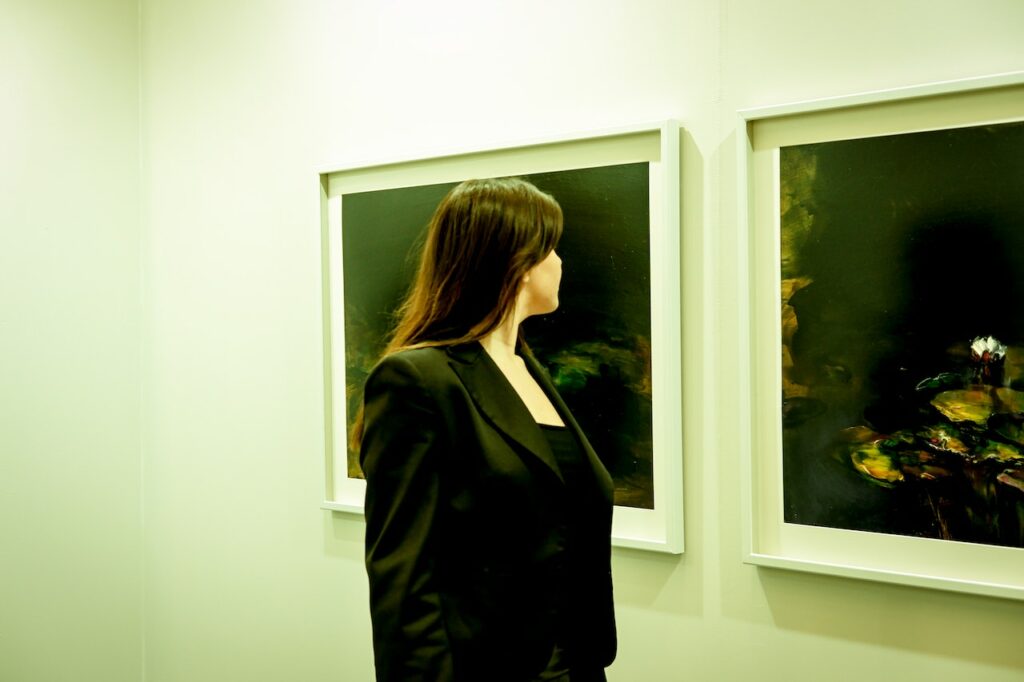
If you want to make a mark in art galleries, developing an artist statement that effectively communicates your artistic vision and captivates potential buyers is crucial. Your artist statement should be a concise and engaging summary of your art, inspiration, and themes, conveying the most compelling aspects in 30 seconds or less.
Keep your business cards handy, as you never know when someone may request one. Use this opportunity to showcase your unique style by incorporating a small piece of your artwork into the design. Regarding the content, focus on the essentials: a visually appealing image, your name, website, and contact information. Preparing business cards is essential in mastering the art of selling paintings to galleries, ensuring you’re ready to seize any opportunity to connect with individuals who can help you achieve your goals.
However, if you need help crafting a captivating artist statement or want professional assistance refining your message, an exceptional resource is available to artists like you. The ATH project offers a specialized service that helps artists create powerful artist statements that leave a lasting impression. With their expertise, they can assist you in crafting an impactful narrative that beautifully represents your artistic journey and resonates with gallery owners, curators, and potential buyers.
(We offer a variety of services to meet your needs, including:
1. Full-service writing: We’ll take care of everything from start to finish, from brainstorming to editing to polishing.
2. Consultation: We’ll work with you to develop your ideas and give you feedback on your writing.
3. Editing: We’ll polish your statement to ensure it’s clear, concise, and error-free.)
Maintain respect and professionalism in your approach. Avoid bombarding people with excessive emails and phone calls. Timing is key, so be mindful of presenting yourself at the right moment and in the appropriate setting. Mid-week is generally a good time to reach out to busy individuals, while Mondays and Fridays may be less ideal. Remember, a compelling artist statement paired with the right timing can greatly enhance your chances of success in art galleries.
Avoid visiting Vanity Art Galleries!
Receiving a call or email from an art gallery might be thrilling, but accepting their invitation’s not always a good idea. Never hesitate to research any gallery that contacts you. Before signing, inquire about the satisfaction of represented artists with the gallery. Thoroughly read the terms and conditions.
Fees for submission and exhibition should be avoided. Reputable galleries don’t take money from the artists’ pockets; they profit from selling the public’s artwork and entrance. For the sale of two-dimensional art (paintings, photos, monotypes, etc.), this is often around 50%; for three-dimensional art, this can range from 33.3% to 40%.
Vanity galleries offer you a contract for showing your work in exchange for cash; stay away from them! Most of the time, it is a horrible financial venture for the artist and has no cachet. What to read next? 5 Exciting Opportunities For Artists From Top Art Magazines
Looking For An Open Call For Art?
Apply For The ATH Art Virtual Exhibition + Cash Award
Have your work seen in more than 25+ Countries
Get your work featured in articles, reviews and featured by leading platforms
Collaborate & Network in a community of women creatives from around the world
Image source:
https://www.pexels.com/photo/woman-standing-in-front-of-man-s-painting-2121666/

